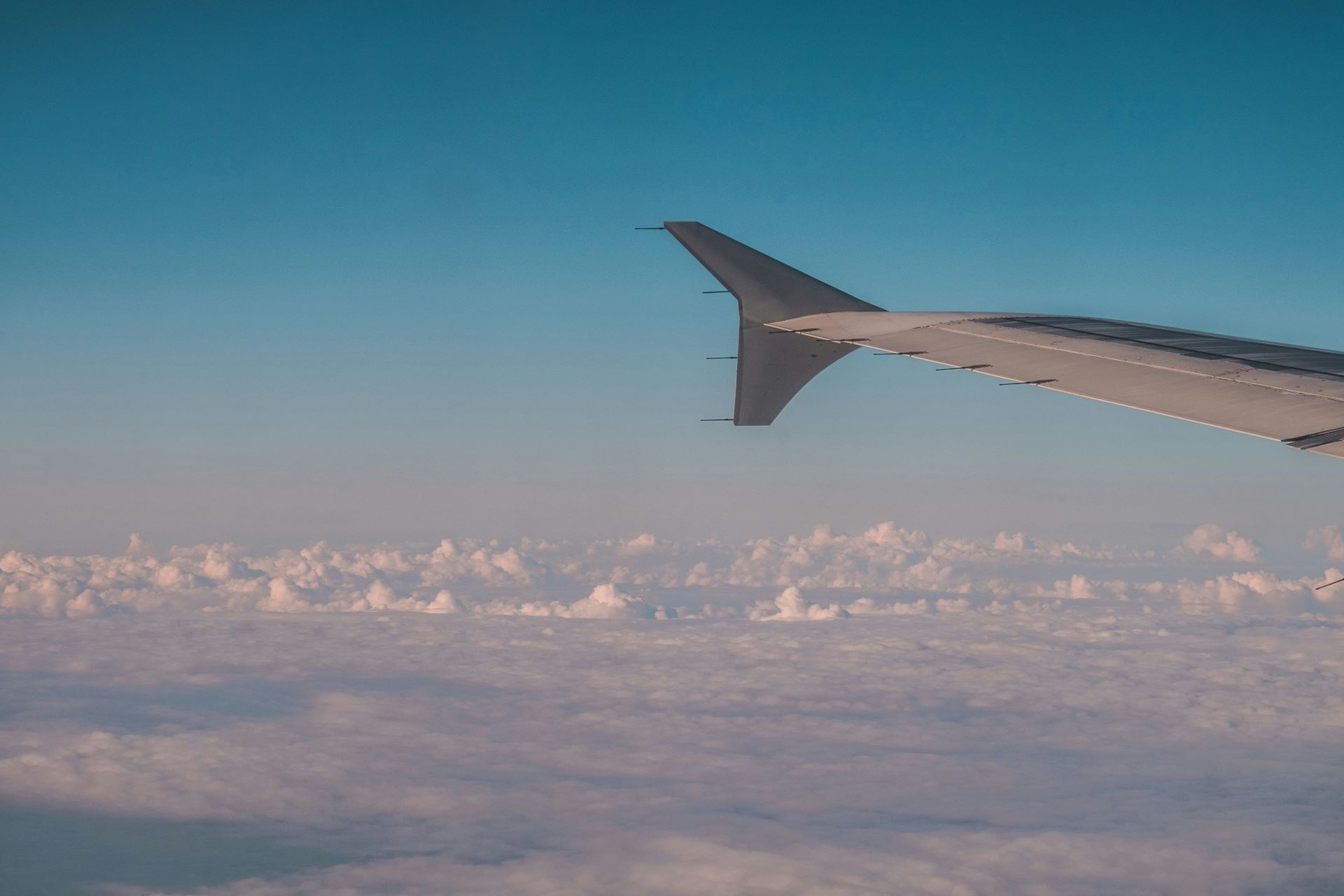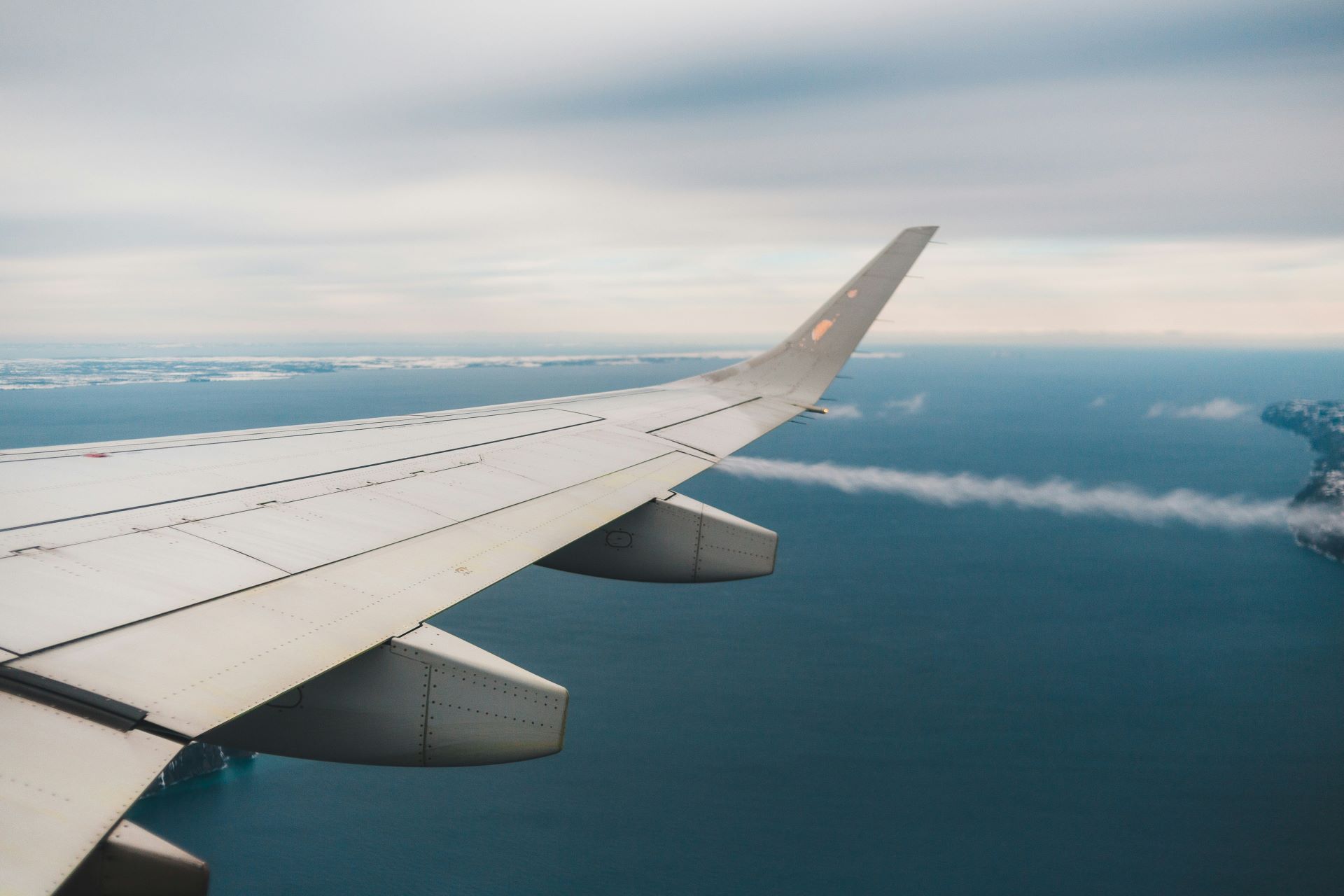A New Dawn Above the Clouds
For more than a century, powered flight has been both a marvel and a contradiction — a symbol of progress that simultaneously leaves a heavy carbon footprint. As the aviation industry confronts its environmental reckoning, one truth has become inescapable: the skies of the future must hum, not roar. The race toward electric and hybrid aviation isn’t merely an engineering challenge; it’s a reimagining of what travel can mean in an age defined by sustainability.
Across continents, start-ups and major aircraft manufacturers alike are rethinking propulsion, energy storage, and flight operations in ways that could transform both the cost and the conscience of air travel. For airlines — particularly those whose business thrives on tourism — this transformation represents both a promise and a paradox. The promise is of cleaner, quieter skies and renewed traveller enthusiasm for green journeys. The paradox lies in balancing commercial viability with the immense cost and complexity of adopting a still-maturing technology.

Electric Ambitions and Hybrid Realities
Electric aircraft are no longer confined to the drawing boards of futurists. From the compact, fully electric Alice designed by Eviation to the hybrid-electric models emerging from Airbus, Rolls-Royce, and Pratt & Whitney, the technology has entered a pivotal experimental phase. These aircraft harness electric propulsion — some entirely battery-powered, others combining turbines with electric drives — to drastically reduce carbon emissions.
Yet, for now, full electrification faces a major obstacle: battery density. Jet fuel carries far more energy per kilogram than today’s lithium-ion batteries, meaning the latter can only sustain short flights. This reality has turned regional and short-haul routes into the proving grounds for electrification — a natural fit for the tourism sector, where low-altitude, under-two-hour journeys are often in high demand.
Heart Aerospace, based in Sweden, is among the pioneers. Its 30-seat ES-30 hybrid-electric aircraft, set for introduction in 2028, promises a range of 200 kilometres in fully electric mode and up to 800 kilometres when using biofuel-assisted turbines. Major airlines — including Air Canada, United Airlines, and SAS — have already placed orders, signalling confidence that electric propulsion will soon become commercially viable.
The beauty of this technology lies not only in its eco-credentials but also in the potential to reshape how and where we travel. Smaller, quieter aircraft capable of operating from shorter runways could revive regional airports and open up direct connections to lesser-known destinations — a new boon for sustainable tourism economies.
Airlines at the Edge of Transformation
No airline can ignore the sustainability mandate now. Governments, investors, and passengers are all pressing for meaningful change, and airlines are responding — albeit cautiously. The transition toward electric flight demands not only new aircraft but new ecosystems of maintenance, charging, and regulatory oversight.
Air New Zealand has taken a pragmatic approach with its “Mission Next Gen Aircraft” programme, exploring hybrid and hydrogen-powered options through partnerships with Eviation, VoltAero, and Beta Technologies. The airline’s goal is to launch a commercial demonstration flight by 2026 — an ambitious move that would make it one of the first national carriers to operate a low-emission aircraft on a regular route.
Across the Pacific, United Airlines has positioned itself at the forefront of aviation innovation. It has invested in Heart Aerospace and Eve Air Mobility, placing orders for electric regional aircraft and eVTOLs (electric vertical take-off and landing vehicles) designed for short hops between city centres and airports. United’s strategy reflects a vision of multi-modal electric air mobility, seamlessly connecting travellers across different stages of their journeys.
European airlines, too, are aligning with the green horizon. Lufthansa Group has joined forces with manufacturers to trial hybrid-electric propulsion, while easyJet and Rolls-Royce are developing engines capable of running on hydrogen or electricity. Even legacy carriers such as British Airways and Air France-KLM have embraced carbon neutrality goals, viewing electric and hybrid aircraft as essential to achieving net-zero emissions by 2050.
Tourism and the Quiet Revolution
The implications for tourism are profound. Electric aircraft could become catalysts for a new kind of travel — quieter, cleaner, and more localised. Instead of concentrating air traffic around major hubs, electrification could decentralise aviation networks, breathing life into smaller airfields and enabling direct connections to rural and coastal destinations.
Imagine the Western Cape’s wine country or the pristine reserves of Limpopo becoming directly accessible via electric commuter flights from Johannesburg or Cape Town — silent, smooth, and emission-free. For South Africa and other countries with vast but underused regional airports, this could open entirely new corridors of tourism.
In Europe, Norway has already declared its ambition to make all domestic flights electric by 2040, an initiative that could reshape how travellers explore fjords, archipelagos, and remote northern regions. Similar trends are emerging in Canada, where small-scale electric aircraft promise to connect remote Indigenous communities with tourism economies.
For travellers increasingly conscious of their environmental footprint, electric flight could be the missing link between sustainable intention and sustainable action. Eco-lodges, green tour operators, and low-impact resorts stand to benefit immensely from this alignment of technology and values.

The Infrastructure Challenge
For airlines and airports, however, enthusiasm must meet practicality. The shift to electric aviation requires vast investments in charging systems, battery logistics, and ground power infrastructure. Unlike conventional refuelling, recharging an aircraft demands high-capacity electrical systems and long dwell times — factors that must be balanced against operational efficiency.
Airports in Scandinavia and North America have already begun installing prototype charging stations, often powered by renewable energy. In the UK, the Civil Aviation Authority is working with energy suppliers to define safety and interoperability standards for electric ground operations. Airbus’s “EcoPulse” project, meanwhile, serves as a testing platform for hybrid propulsion systems that could reduce infrastructure strain by combining battery and turbine power.
The future airport could resemble an advanced microgrid — a self-contained ecosystem of solar panels, energy storage units, and smart chargers feeding both aircraft and ground vehicles. For destinations dependent on tourism, particularly island nations and ecologically sensitive regions, these facilities could double as community energy assets, powering nearby towns during off-peak hours.
Still, the question remains: who pays for the transformation? Airlines already burdened by volatile fuel costs and post-pandemic recovery challenges face a delicate balancing act between environmental leadership and financial survival.
The Race for Certification and Trust
Technological readiness is only half the equation. Before passengers step aboard an electric aircraft, they must first trust it — a process governed by the meticulous certification procedures of aviation regulators.
Electric propulsion systems differ radically from conventional engines, with entirely new safety considerations related to battery management, thermal control, and electromagnetic interference. Certification authorities such as the European Union Aviation Safety Agency (EASA) and the U.S. Federal Aviation Administration (FAA) are still refining the frameworks that will govern electric and hybrid flight.
In 2023, EASA published the world’s first certification guidelines for electric vertical take-off and landing aircraft, paving the way for a new generation of urban air mobility solutions. The lessons learned here will trickle up to larger, fixed-wing electric aircraft.
Manufacturers like Rolls-Royce, Airbus, and Pipistrel have already achieved important milestones in prototype testing, with flight durations stretching past one hour and hybrid systems showing exceptional reliability. As standards solidify, the industry will move closer to a point where electric aircraft can safely and confidently enter mainstream service.
Economic Ripples and the Green Premium
For the tourism industry, electric flight is more than a technological evolution — it’s a marketing revolution. Travellers, especially in younger demographics, are increasingly drawn to experiences that align with sustainability values. Airlines that adopt electric or hybrid aircraft early could gain a powerful branding advantage, positioning themselves as pioneers of responsible travel.
However, the economics are not yet simple. Electric aircraft promise lower operating costs in the long run — fewer moving parts, cheaper “fuel,” and reduced maintenance — but the upfront investment remains steep. Fleet modernisation, pilot retraining, and infrastructure development will require billions in capital.
Governments may need to step in with subsidies, tax incentives, or green financing initiatives to support early adoption. The European Union’s Green Deal has already earmarked funds for sustainable aviation technology, while the U.S. Inflation Reduction Act includes provisions for clean energy infrastructure that could benefit electric aviation indirectly. In Africa, the opportunity lies in building from a lower baseline — adopting new infrastructure without the inertia of legacy systems.
The Human Element: Reimagining the Passenger Experience
Beyond economics and engineering, electric aviation invites a more human question: what will it feel like to fly?
Early test flights have revealed a serenity unknown in conventional air travel. Electric propulsion eliminates the drone of turbines, allowing conversations to flow freely without the interruption of cabin noise. Vibration levels are lower, take-offs smoother, and the air inside the cabin cleaner due to reduced fuel emissions.
For passengers, this shift could redefine what it means to journey — not just from one place to another, but into a quieter, more mindful relationship with the planet. Tour operators envision eco-tours that begin with an electric flight and continue through experiences aligned with conservation and community empowerment. Airlines, meanwhile, see potential in offering passengers carbon-free routes as premium products, turning sustainability into both a moral and commercial asset.
Global Momentum: The Players Shaping the Future
While Eviation and Heart Aerospace dominate headlines, dozens of smaller innovators are pushing boundaries in parallel.
In France, VoltAero’s hybrid Cassio aircraft combines electric motors with an internal combustion engine for redundancy, targeting regional tourism and charter operations. Rolls-Royce’s ACCEL programme, which produced the record-setting Spirit of Innovation electric aircraft, demonstrated the performance potential of electric propulsion in 2021, reaching speeds over 555 km/h.
Meanwhile, Airbus’s ZEROe initiative explores hydrogen-electric hybrid systems that could support medium-haul flights by the mid-2030s. Boeing, though quieter on electric projects, is deeply invested in autonomous flight systems that will complement sustainable propulsion technologies.
Start-ups are not the only disruptors. Airlines such as Icelandair, Finnair, and Widerøe have announced plans to integrate electric aircraft into regional fleets by the end of the decade. In each case, the goal is not just operational efficiency but environmental integrity — a promise that resonates with the new generation of travellers demanding accountability from the skies they traverse.
South Africa and the African Opportunity
While much of the electric aviation narrative has been dominated by Europe and North America, Africa represents a frontier of opportunity. The continent’s vast distances, abundant renewable energy potential, and patchy infrastructure make it both a challenge and an ideal testbed for distributed, sustainable aviation networks.
South Africa’s Civil Aviation Authority has already begun exploratory discussions with international partners regarding certification pathways for electric aircraft. Private operators are showing early interest in using electric commuter planes for short hops between Johannesburg, Cape Town, and coastal tourism regions.
Electric flight could be particularly transformative for eco-tourism — connecting wildlife lodges, island destinations, and cultural hubs without the environmental burden of conventional aviation. For a country positioning itself as a leader in sustainable travel, this alignment could prove powerful.
If renewable energy and aviation innovation converge, Africa may skip the fossil-fuel-intensive phase of air travel altogether — much as it did with mobile connectivity, leapfrogging landline infrastructure to embrace wireless communication.
Challenges in the Skies Ahead
Despite the optimism, hurdles remain daunting. Battery weight and cost, certification complexity, public perception, and infrastructure gaps all threaten to slow progress. Even the most advanced prototypes today offer limited range compared to traditional jets.
Then there’s the matter of energy sourcing. Electric aircraft are only as green as the power that charges them. Unless renewable energy dominates grid supply, the carbon gains could be undermined. Hydrogen-powered flight offers a potential solution but introduces its own set of challenges — storage, production, and safety chief among them.
Ultimately, this is less a race than a relay — one where technological innovation must pass the baton to policy reform, infrastructure development, and consumer acceptance. Success will demand unprecedented cooperation between governments, manufacturers, airlines, and the public.
Flightpaths to 2050
The trajectory is clear. Electric and hybrid aircraft will first conquer short-haul tourism and regional routes before scaling upward into the commercial mainstream. By the 2030s, hybrid systems are expected to serve flights under 500 kilometres, while fully electric models may dominate routes under 200 kilometres. By mid-century, long-haul electric or hydrogen-electric aircraft could make zero-emission intercontinental travel a reality.
The International Air Transport Association (IATA) projects that sustainable technologies, including electrification, could cut aviation’s carbon emissions by up to 25% by 2050 — a cornerstone in achieving net-zero flight. As the industry evolves, the passenger of tomorrow may look back on today’s roaring jet age with a mixture of nostalgia and disbelief.

A Quieter Tomorrow
The journey toward electric aviation mirrors humanity’s larger quest for balance — between progress and preservation, ambition and accountability. For airlines, this is not just about meeting regulatory targets but reclaiming aviation’s place as a symbol of hope and innovation.
In a future where aircraft glide almost silently over coastlines and mountains, powered by clean energy and guided by conscience, air travel may once again embody wonder rather than guilt. The skies will remain busy, but their sound will change — less thunder, more whisper.
Electric flight is not a distant dream. It’s a current of possibility already humming in hangars and test ranges around the world, waiting to lift off into a quieter, cleaner era of travel. For the airline tourism industry, the message is clear: sustainability is not a detour — it’s the runway to the future.
